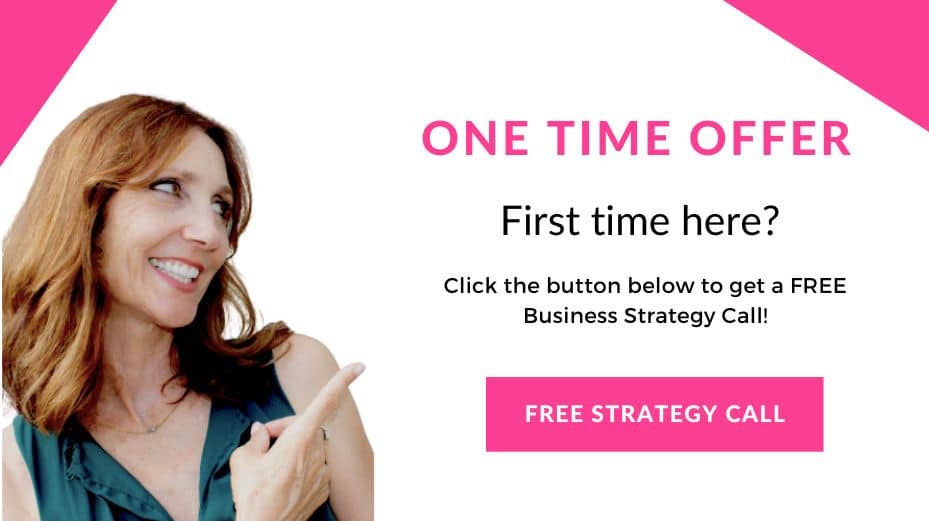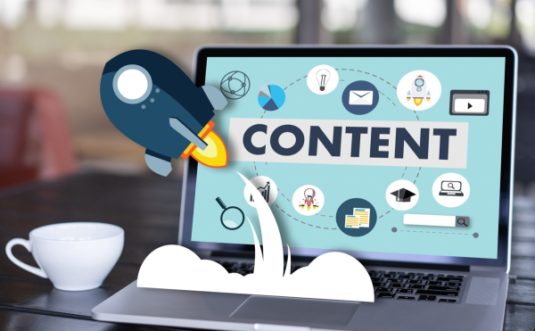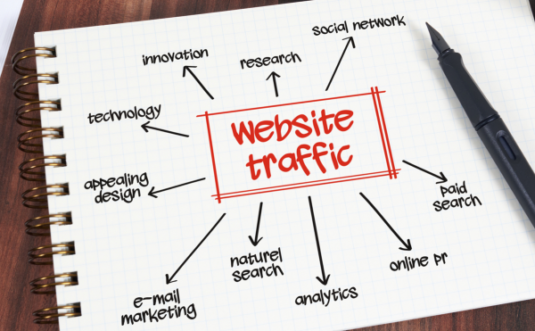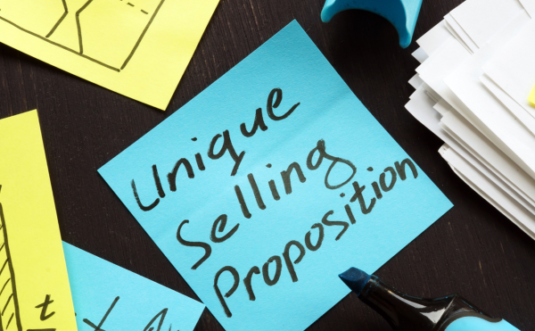I read an article yesterday detailing the elements of a brilliant sales presentation. I thought it listed some great points not only for creating successful sales presentations but for what to include in your About page or on your social media profiles. I pulled excerpts of the article below and included a link if you’d like to read the full article. The first element is crucial! So, if you could use some help boosting sales or are still struggling to craft your About page or feel it’s time to revamp your social profiles, read on:
Excerpt from Andy Raskin’s:
“The Greatest Sales Deck I’ve Ever Seen” – elements of a brilliant sales presentation
It’s Zuora’s, and it’s brilliant. Here’s why.
“…the deck led prospects through the following five elements, in precisely this order:
#1. Name a Big, Relevant Change in the World
Don’t kick off a sales presentation by talking about your product, your headquarters locations, your investors, your clients, or anything about yourself. ← This is so true – not just for sales presentations but, also of your ABOUT page and your Social Media profiles.
Instead, name the undeniable shift in the world that creates both (a) big stakes and (b) huge urgency for your prospect. The first slide of virtually every Zuora deck — sales or otherwise — is some version of this:
Zuora came up with the phrase “subscription economy” to name the trend in which buyers increasingly choose recurring service payments over outright purchases. (start using↑a key term or coin a new term to explain your services)
Note the subtle but important difference from what most pitch advice tells you, which is to start with “the problem.” When you assert that your prospects have a problem, you put them on the defensive. They may be unaware of the problem, or uncomfortable admitting they suffer from it (and they immediately shut down↑or turn their attention elsewhere).
But when you highlight a shift in the world, you get prospects to open up about how that shift affects them, how it scares them, and where they see opportunities. Most importantly, you grab their attention.
As Hollywood screenwriting guru Robert McKee says:
…what attracts human attention is change. …if the temperature around you changes, if the phone rings — that gets your attention.
The way in which a story begins is a starting event that creates a moment of change.
#2. Show There’ll Be Winners and Losers
All prospects suffer from what economists call “loss aversion.” That is, they tend to avoid a possible loss by sticking to the status quo, rather than risk a possible gain by opting for change.
To combat loss aversion, you must demonstrate how the change you cited above will create big winners and big losers. In other words, you have to show both of the following:
- That adapting to the change you cited will likely result in a highly positive future for the prospect; and
- That not doing so will likely result in an unacceptably negative future for the prospect.
Zuora neatly accomplishes this by documenting a “mass extinction” among Fortune 500 companies…
…and then showing how the “winners” have shifted from product ownership to subscription services.
#3. Tease the Promised Land
It’s tempting at this point to jump into the details of your product or service. Resist that urge.
If you introduce product/service details too soon, prospects won’t yet have enough context for why those details are important, and they’ll tune out.
Instead, first present a “teaser” vision of the happily-ever-after that your product/service will help the prospect achieve—what I call the Promised Land.
Your Promised Land should be both desirable (obviously) and difficult for the prospect to achieve without outside help. Otherwise, why does your company exist?
[Here is the example slide illustrating how] Zuora presents this Promised Land, which offers concrete criteria for what it means to win in the subscription economy:
Note that the Promised Land is a new future state, not your product or service.
(Over lunch, I asked my friend Tim to articulate his Promised Land, and he said, “You’ll have the most innovative platform for ____.” Nope: the Promised Land is not having your technology, but what life is like thanks to having your technology.) (This is a Key point – Want sales success? Connect to the emotions – paint the picture of how it will be once your prospect uses your product/services).
Your Promised Land is also crucial for helping prospects pitch your solution to colleagues after your sales meeting ends. In your absence, those colleagues will ask, “What do those guys do again?” Armed with a compelling Promised Land, your prospects are more likely to supply an answer that gets others on board. (Rarely will someone remember all the details but they’ll remember how they feel).
#4. Introduce Features as “Magic Gifts” for Overcoming Obstacles to the Promised Land
If it’s not clear by now, successful sales decks follow the same narrative structure as epic films and fairy tales. Your prospect is Luke, and you’re Obi Wan, furnishing a lightsaber to help him defeat the Empire. Your prospect is Frodo, and you’re Gandalf, wielding wizardry to help him destroy the ring. Your prospect is Cinderella, and you’re the fairy godmother, casting spells to get her to the ball.
When you introduce your product or service, do so by positioning its capabilities like the lightsaber, wizardry and spells—as “magic gifts” for helping your main character (prospect) reach that much-desired Promised Land. (Providing solutions by appealing to emotions).
#5. Present Evidence that You Can Make the Story Come True
In telling the sales narrative this way, you’re making a commitment to prospects: If they go with you, you’ll get them to the Promised Land.
But the road to the Promised Land is, by definition, littered with obstacles, so prospects are rightly skeptical of your ability to deliver. The last piece of the pitch, then, is the best evidence you can offer that you can make the story you’re telling come true.
By far, the most effective type of evidence is a success story about how you’ve already helped someone else (who is similar to the prospect) reach the Promised Land.
What if you don’t yet have a huge number of successful customers? Product demos are the next most effective evidence, but again, features should always be presented in the context of how they help a prospect reach the Promised Land.
Complete details of elements of a brilliant sales presentation
Sales success ‘happens’ when prospects can see the impact working with, or not with you (your company) will have on their business. Lead with an issue or change that must be addressed, walk through the problems that could arise if nothing is done, appeal to emotions, present a better picture, give evidence – these are the key elements of a brilliant sales presentation!
What do you think? Drop me a note and let me know if you have found these elements to be effective for your sales. Let me know if you found #1 helpful when writing your About page or social media profiles, I’d love to hear your thoughts. And, if you want some help reaching more clients, expanding your marketing efforts online and building a thriving business, check out the free 3-part video training available here.
Have a question you’d like answered? Send to: support@kimkelleythompson.com








